AstroFlav is an industry leader in many ways – they're famous for their astronomically good flavors, which absolutely do live up to the company's name.
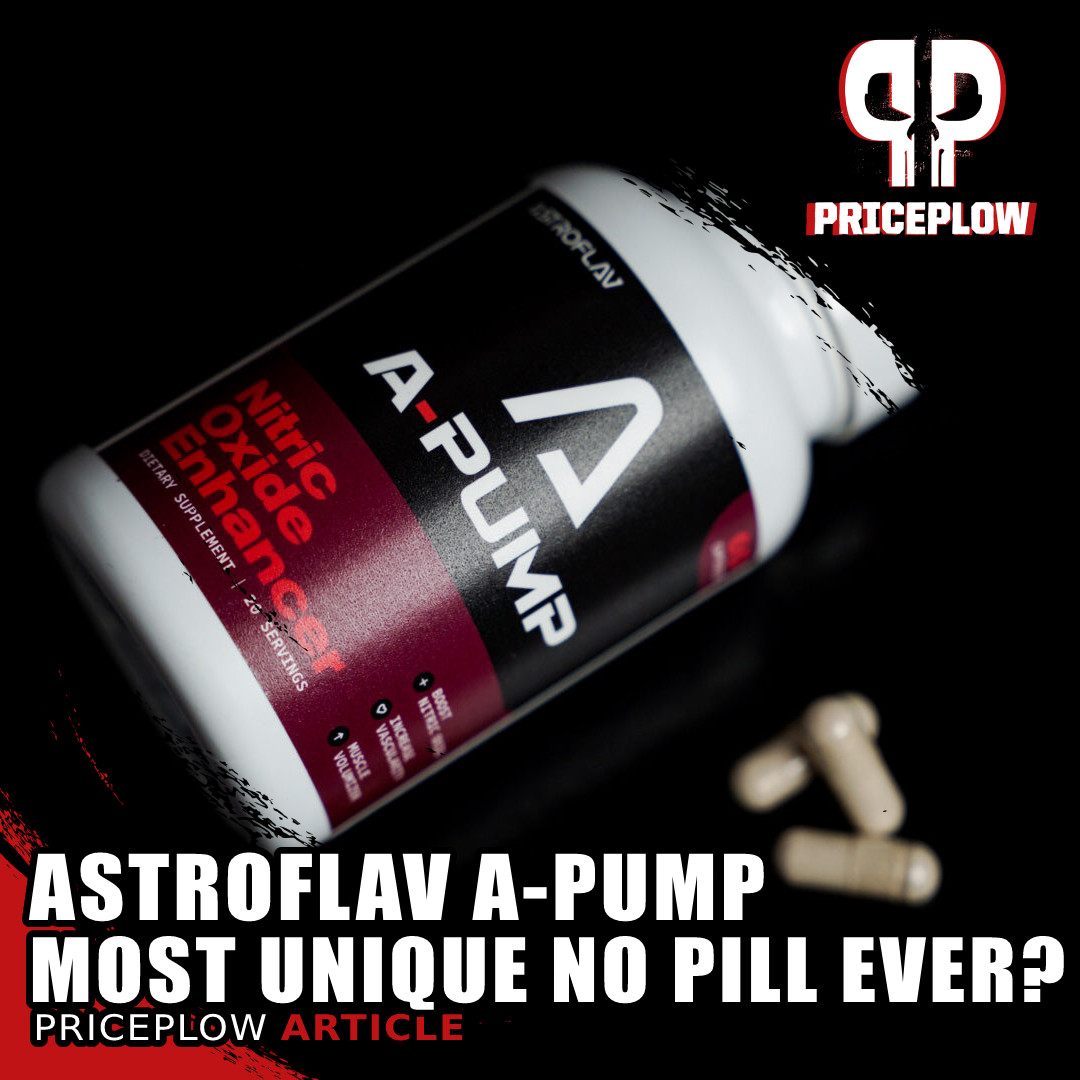
AstroFlav A-Pump is a nitric oxide capsule supplement with the most unique ingredient profile we've seen. An ultimate complementary pre-workout stacker!
Today we're writing about the upgraded A-Pump, which is a capsule-based supplement, so no delicious AstroFlavors to talk about today – but AstroFlav is definitely on top of their capsule formulation game (as we've seen lately with the MetaBurn AM and MetaBurn PM fat-burning duo), so this will still be a good one.
A-Pump Upgraded: A capsule pump product unlike anything you've seen
A-Pump is a very unique stimulant-free pre-workout capsule product. The main thrust of the formula is to increase nitric oxide (NO) production, but we have tons of other stuff in here too – fat burners, anti-inflammatories, antioxidants, and even a nice little nootropic boost from the ginseng. A do-it-all stim-free supplement to take with your MetaBurn or superpower your One Scoop Only pre-workout with.
What's really cool about this formula is that it's full of novel, less-common ingredients to complement the standard ones that are likely in your stim-based pre-workout. For example, VasoDrive is headlining the supplement facts label as the primary NO booster. We haven't seen this before!
Plus we're seeing Amentopump and NattoKinase used to improve blood flow – two ingredients we haven't covered in quite some time.
Let's get into it, but first, check PricePlow's AstroFlav deals and sign up for our news alerts, they're on quite a tear with new products:
AstroFlav A-Pump – Deals and Price Drop Alerts
Get Price Alerts
No spam, no scams.
Disclosure: PricePlow relies on pricing from stores with which we have a business relationship. We work hard to keep pricing current, but you may find a better offer.
Posts are sponsored in part by the retailers and/or brands listed on this page.
This area is reserved for Team PricePlow's upcoming videos.
Subscribe to our channel and sign up for notifications so you catch it when it goes live!
Below, we introduce the benefits of increasing nitric oxide. If you're already familiar with that, you can skip down to the A-Pump Ingredients section of this article.
The Basics: Why We Want More Nitric Oxide
Whenever we cover an NO-boosting supplement like this one, we like to remind our readers why we want more nitric oxide in the first place.
The best answer for most consumers, as implied by the name A-Pump, is that NO can give you a great muscle pump. For the supplement newbies among us, the pump is a highly sought-after state of muscle swelling, in which circulation improves through exercise and/or supplementation to the point where muscles get visibly engorged with blood and water.
The pump is not just cosmetic – it's associated with actual health and performance benefits, like improved performance and potentially better gains. And the benefits of NO actually go way beyond the pump!
Bring the vasodilation
The way nitric oxide induces a pump is vasodilation, the mechanism by which the smooth muscle lining your arteries relaxes in response to NO signaling. This relaxation causes an actual increase in arterial diameter, which can lower blood pressure and heart rate by decreasing the fluid resistance of your arteries.
Research consistently finds that vasodilatory agents like NO consistently improve athletic performance[1] and can even improve health by reducing risk of high blood pressure, stroke, and heart attack.[2]
The production of NO is downregulated in diabetes,[3] which isn't too surprising given the close connection between metabolic and cardiovascular health.
Mitochondrial health benefits
Animal studies show that upregulating NO can actually reverse the mitochondrial damage caused by diabetes. This is because NO turns out to be a key regulator of mitochondrial biogenesis, the process by which your body creates new mitochondria.[4] This is a pretty big deal, since healthy mitochondria are crucial for pretty much all aspects of health – healthy aging in particular.[5]
But it can also help ameliorate metabolic dysfunction. Partly because of NO's effect on mitochondria, NO-boosting supplements like arginine have been found to increase insulin sensitivity and improve blood glucose regulation.[6,7]
Adequate NO production and activity is also necessary for good sleep,[8] and decreasing NO production has been shown to interfere with sleep quality on a number of levels.[9,10]
All around, it's great to find ways to improve blood flow and nitric oxide levels. Now let's look at how A-Pump can do it, and even further boost the NO from your existing pre-workout.
AstroFlav A-Pump Ingredients
In a single 3 capsule serving of AstroFlav A-Pump, you get the following:
-
Hydrolyzed Casein Tripeptides (as VasoDrive-AP) – 508 mg
Updated in 2023, the new AstroFlav A-Pump Ingredients bring quite a unique blend that can stack onto nearly any pre-workout, often with zero overlap!
VasoDrive-AP consists of two tripeptide proteins extracted from the casein fraction of milk: isoleucyl-prolyl-proline (IPP) and valyl-prolyl-proline (VPP).[11] Milk-derived proteins are called lacto-tripeptides (LTPs).
This is an interesting way to kick off a pump formula, because VasoDrive increases vasodilation by increasing the expression of endothelial nitric oxide synthase (eNOS), the enzyme responsible for producing nitric oxide (NO) in your arteries.[12]
But more interestingly, VasoDrive inhibits vasoconstriction – the mechanism by which your arteries constrict instead of expanding – which ultimately has the same effects of dilating your blood vessels, improving circulation and helping increase athletic performance.
The proteins in VasoDrive do this by downregulating an enzyme called angiotensin-converting enzyme (ACE).[11] As you probably already know (especially if you're over a certain age), ACE inhibition is the same mechanism of action behind many widely-prescribed blood pressure medications.
According to a 2015 meta-analysis of 33 randomized clinical trials, casein-derived LTPs have effect sizes in the same ballpark as what you could get from time-tested NO-boosting ingredients.
On average, LTPs decreased systolic blood pressure by about 3 mm Hg, and diastolic blood pressure by about 1.5 mm Hg. In some of the trials reviewed by this meta-analysis, researchers saw a reduction of 10 or more mmHg systolic, and 6 mmHg diastolic.[11]
Putting those numbers into context, citrulline – an NO booster we all know and love – can reduce systolic blood pressure by about 4 mmHg on average.[13]
So, are the VasoDrive LTPs in the same league as the NO boosters we usually see? The answer definitely appears to be yes, especially at this dose. Based on existing LTP research and lots of anecdotal feedback from customers, VasoDrive is long overdue for its turn as the flagship ingredient of a pump formula.
And AstroFlav goes big on it, using nearly an entire capsule for it.
-
Korean Red Ginseng (std 70% Ginsenosides) – 325 mg
Korean red ginseng (Panax ginseng) is a potent adaptogen, meaning it can help your body cope with and recover from the demands of intense exercise.
We normally see ginseng used for focus, which is discussed below. But many haven't seen the research on its use for nitric oxide and vasodilation as well!
-
Ginseng for vasodilation
A 2005 study showed that Korean red ginseng extract was able to increase nitric oxide concentration (as measured in exhaled breath) while lowering heart rate and blood pressure on the first use.[14] This was follow-up research from numerous animal trials that demonstrated ginseng's effects on the release of nitric oxide from endothelial cells and perivascular nerves.[15]
Interestingly, there isn't a ton of recent research going in this direction -- most ginseng applications are geared towards focus (discussed below) and nutrient transport.
However, there is some animal research showing that ginseng is beneficial for erectile dysfunction, and the researchers attribute that to nitric oxide production.[16]
One mechanism could be due to its effects as an arginase inhibitor.[17] This means that it helps downregulate the enzyme that destroys arginine, which is the amino acid that acts as nitric oxide's precursor. All in all, this has led scientists to state that ginseng supports cardiovascular health.[18]
But that may not be the only reason it's here:
-
Ginseng as an adaptogenic nootropic
Research shows that ginseng supplements can significantly alleviate feelings of fatigue in a broad range of circumstances, and may even improve depressive or anxious symptoms.[19]
One mechanism of action behind its stress-management effects is to limit your body's rate of apoptosis,[20] the process of programmed cell death that usually takes place when you are subjected to significant stress.
Ginseng appears to limit apoptosis by decreasing the body's inflammatory response to stress, whether that stress be physical or psychological,[19] an effect that is mediated by the antioxidant phytochemicals that are abundant in ginseng.[19]
The brain is exquisitely sensitive to inflammation and stress, so supplements that control either one of these tend to improve cognition, and ginseng is no exception. Ginseng has been shown to speed up reactions,[21,22] expand working memory, improve mathematical ability, and increase cognitive flexibility.[23]
Ginseng can also help regulate glucose metabolism, helping prevent the swings in blood sugar that are typically caused by stress. This is one way that ginseng can help prevent stress from affecting cognitive performance.[24]
Nootropic ingredients like ginseng are a great thing to use in pre-workout formulas, since intense workouts can place demands on mental and physical energy that have the potential to interfere with the accomplishment of daily tasks.
Consider this a two-for-one ingredient, and one that's certainly not dosed this high in your pre-workout supplement. Next is another unique ingredient we haven't seen for a while:
-
-
Amentopump (Selaginella tamariscina extract) – 200 mg
AmentoPump is an extract of Selaginella tamariscina, an evergreen perennial that's native to Siberia and southeast Asia. The plant has a long history of traditional use in these regions, where it has been used to treat a wide range of ailments.[25]
Amentoflavone, the primary bioactive constituent of Selaginella, has been shown to improve cardiometabolic function in rats eating an obesogenic diet, partly by inhibiting arterial vasoconstriction.[26]
Although it's not totally clear how amentoflavone causes arterial relaxation, one in vitro study found that pre-treatment of aortic tissue with methylene blue and ODQ, known inhibitors of guanylyl cyclase, abolishes the relaxant effect caused by amentoflavone.[27] More specifically, that study found amentoflavone causes a doubling of cyclic guanosine monophosphate (cGMP), the vasodilatory enzyme that's triggered by NO.[27]
This implies that amentoflavone is triggering the NO/cGMP signaling cascade, which in turn implies an increase in NO production or activity. The authors of the study believe that amentoflavone is acting to increase the expression of endothelial nitric oxide synthase (eNOS), the enzyme responsible for generating NO within the arteries.
The other possibility is that amentoflavone is somehow increasing the activity of existing NO, which would make it an awesome synergistic ingredient to throw in this formula with a bunch of NO boosters.
-
NattoKinase 4,000 FU – 200 mg
NattoKinase is a fibrinolytic enzyme that's become quite popular in alternative medicine circles the past couple of years. As its name implies, it helps break down fibrin, an insoluble protein that your body uses to create blood clots.[28]
Together with neutrophil extracellular traps (NETs), fibrin forms a composite matrix in your bloodstream that can, under certain circumstances, increase blood viscosity to the point of increasing cardiovascular resistance and blood pressure.[29]
By targeting the fibrin in this scaffold, nattokinase can help break down this clotting tissue, which can lead to a decrease in blood viscosity, reductions in blood pressure, and an improvement in cardiovascular function.[30,31]
A 2008 randomized controlled trial (RCT) found that NattoKinase supplementation can significantly reduce the severity of hypertension, and maybe even discourage its onset.[30]
Another from 2016 observed that although NattoKinase can benefit hemodynamics in both sexes, its effect is more pronounced in men.[32] Exogenous testosterone administration is associated with increased risk of thrombosis,[33] so it appears that higher average testosterone levels in men are at least one factor in the pronounced male response to NattoKinase supplementation.
NattoKinase can also help maintain the long-term health of your blood vessels – research shows it can help reduce cholesterol and significantly slow the progression of atherosclerosis in people with hyperlipidemia.[34]
Note: Anecdotal evidence suggests that nattokinase can also be an effective treatment for varicose veins. However, at the time of this writing, we are unable to locate peer-reviewed research that has tested this claim.
-
PurpleForce Purple Tea Extract (Camellia sinensis)(Leaf) – 100 mg
PurpleForce purple tea extract is a special kind of tea – by which we mean true tea, the Camellia sinensis plant that gives us white, green, oolong, and black tea.
PurpleForce's GHG can reduce muscle damage and inflammation,[35] getting you back into the gym faster
The PurpleForce tea has been cross-bred to naturally contain high concentrations of anthocyanins, a group of phenolic pigments that are red and blue in color. Anthocyanins are the molecules that give superfoods like pomegranates, beets and blueberries their deep, vivid hues.
Purple Tea and athletic endurance
Given that green and black teas brewed from the leaves of ordinary Camellia sinensis have been shown to upregulate NO by decreasing oxidative stress in endothelial tissue,[36] and increased NO is associated with improved physical performance,[37] we would expect to see the same effects with purple tea.
After all, since purple tea is theoretically a new and improved variation of the tea plant, we should be getting all the usual benefits plus some, right? The preliminary research on purple tea seems to indicate that this is the case.
A 2020 randomized, double-blind, placebo-controlled study found that PurpleForce had better athletic endurance during exercise, and significantly lower lactate dehydrogenase levels post-workout.[38]
Since your body makes lactate dehydrogenase in response to rising lactic acid levels, lower levels of lactate dehydrogenase imply less buildup of lactic acid in muscle tissue. The reason this matters is that lactic acid accumulation during exercise is a major contributor to muscular fatigue, so decreasing lactic acid can increase athletic endurance.
PurpleForce-treated subjects in the same study also had more motivation to exercise,[38] which is obviously a great thing in the context of a pre-workout formula. Not that you hard-charging AstroFlav One Scoop Only users need any more motivation...
GHG: fat-burning compound in PurpleForce
One of the key chemical differences between PurpleForce and generic strains of Camellia sinensis is 1,2-di-Galloyl-4,6-Hexahydroxydipheno yl–D-Glucose, which fortunately can be abbreviated as GHG.[39] This seems to be a powerful anti-obesity and anti-aging compound.[39]
Part of the way GHG works is by preventing the absorption of dietary fat. This was demonstrated in a 2015 study that supplemented participants with 100 mg of purple tea extract per day for 30 days. By the end of the experiment, the subjects had significantly reduced levels of subcutaneous fat in their abdomens and upper arms.[40]
PurpleForce has many constituents similar to other tea leaves, but it's the GHG content we're after[35]
Moreover, the subjects' lean body mass – i.e., muscle tissue – increased as well.[40]
In another study where subjects simply drank purple tea on a daily basis, the following effects were observed throughout the study period[35,41]:
- Decrease in body mass index (BMI)
- Lower body weight
- Decreased body fat percentage
- Reduced abdominal fat
- Improved waist to hip ratio
According to MAYPRO, the distributor of PurpleForce, this ingredient can also upregulate an enzyme called adenosine monophosphate activated protein kinase (AMPK), a metabolic master switch that tells your cells to produce energy.[35,42]
Upregulating AMPK is a mechanism that consistently raises metabolic rate – caffeine works to increase fat burning the same way.
See the rest of the story in our main PurpleForce article.
-
Pine Bark Extract – 100 mg
Pine bark extract is another powerful NO booster.
Make sure your metabolism gets an early jumpstart with MetaBurn AM.
It's chock full of powerful antioxidant phenols[43,44] that have been shown to increase the expression of eNOS, which as we know by now is a surefire way to boost NO production and increase vasodilation.[43-45]
This is one of those ancient remedies – pine bark extracts have been used all over the world for millennia to treat cardiovascular dysfunction, which has been referred to by various names including "blood stasis" in traditional Chinese medicine (TCM).[43,44]
Scientific research has borne this out, and shows that pine bark has impressive cardioprotective effects.[43,44]
In fact, pine bark is so powerfully anti-inflammatory that it could even decrease a person's chance of developing neurological disease.[44]
-
Banaba Leaf Extract (10% Corosolic Acid) – 50 mg
Now it's time to get a little bit of that blood sugar pump - especially for those of you who like carbing up before a workout!
Banaba is native to southeast Asia, where it's been used for hundreds if not thousands of years in traditional medicine. As far as modern scientific literature is concerned, banaba appears as early as 1940[46] and has been studied for its anti-diabetic, antioxidant, anti-obesity, and anti-lipidemic properties.[46]
Banaba's main constituent is corosolic acid, a powerful anti-inflammatory and anti-microbial molecule.[46]
When researchers create diabetes in rats and then have those rats take a corosolic acid supplement, the supplement significantly reduces the inflammation and high blood pressure that usually goes along with obesity.[48]
Corosolic acid can decrease gluconeogenesis, the process by which your liver converts protein into glucose, which can help keep blood glucose levels under control.
One second-order effect of this is to prevent the buildup of fatty tissue in your liver, a process called steatosis.[49] In other words, by preventing gluconeogenesis, corosolic acid could potentially decrease of liver disease.[50]
Corosolic acid is the main player here, but it's not the only one – banaba leaf also contains important bioactives like ellagitannins, olenolic acid, and valoneic acid, which do contribute to the overall anti-diabetic and anti-obesity effect of banaba leaf.[46]
Banaba supplementation can increase the uptake of glucose by your cells, which naturally lowers the amount of glucose in your blood, increase insulin sensitivity, and even prevent dietary carbohydrate absorption by interfering with the digestion of sucrose (table sugar).[46]
-
BioPerine – 10 mg
We're finishing off the A-Pump formula with BioPerine, a black pepper extract that's standardized for piperine.
BioPerine is a bioavailability enhancer, meaning that it can increase your absorption of every other ingredient in this formula. It works by inhibiting certain stomach enzymes that usually break down ingredients in your stomach, before they can be absorbed by your intestines.[51]
Piperine also increases the expression of GLUT4,[52] a transporter protein that shuttles glucose into your muscle cells. This can potentially help aid recovery from exercise, and can definitely help keep blood glucose levels under control.
Piperine has also been shown to improve certain aspects of fatty liver, insulin resistance, and oxidative stress.[53,54]
Dosage and Stacking
As we've alluded throughout the article, A-Pump is highly complementary to the epic AstroFlav One Scoop Only pre-workout supplement. However, it's not necessary to stack, you can definitely use it alone to get a very unique pump effect.
For maximum results, we'd suggest training with Full Tank, an intra-workout supplement that has carbs and essential amino acids. The carbohydrate component should get driven into cells more effectively thanks to the banaba extract in A-Pump!
A-Pump: An incredibly unique pump cap
AstroFlav A-Pump is easily one of the most impressive and unique "do it all" stim-free pre-workout capsule formulas we've seen. We're always eager to see the industry explore alternative formulations in the pre-workout category.
The absence of pre-workout staples like citrulline, arginine, and beta-alanine is conspicuous – and welcome. You can get those anywhere. You can't get ingredients like AmentoPump and NattoKinase anywhere, though.
Based on research, the effect sizes we can expect from VasoDrive are not quite as big as what we'd get from something like 6 grams of citrulline, but remember, this is a capsule product. Given that we have a ton of other NO boosters and enhancers in here – Korean red ginseng, PurpleForce, and pine bark extract being especially potent – we're still confident that the overall NO-boosting effect will be on par with industry-leading pre-workout formulas.
The inclusion of NattoKinase for improved hemodynamics is a really interesting choice. And its presence in this formula strengthens the case for taking A-Pump on a daily basis, given the long-term cardiovascular benefits of NattoKinase.
In short, we think AstroFlav really knocked it out of the park with this one.
AstroFlav A-Pump – Deals and Price Drop Alerts
Get Price Alerts
No spam, no scams.
Disclosure: PricePlow relies on pricing from stores with which we have a business relationship. We work hard to keep pricing current, but you may find a better offer.
Posts are sponsored in part by the retailers and/or brands listed on this page.
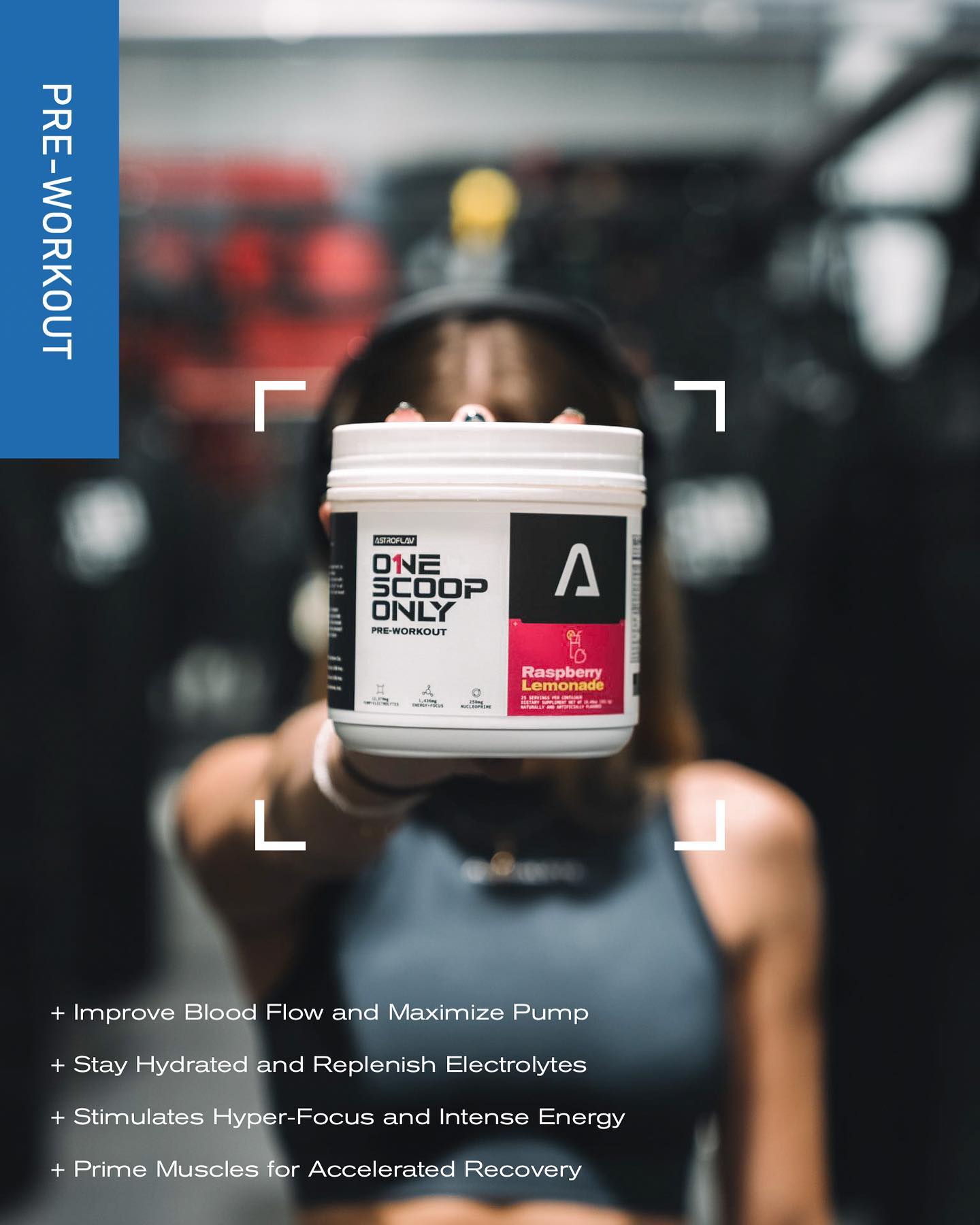
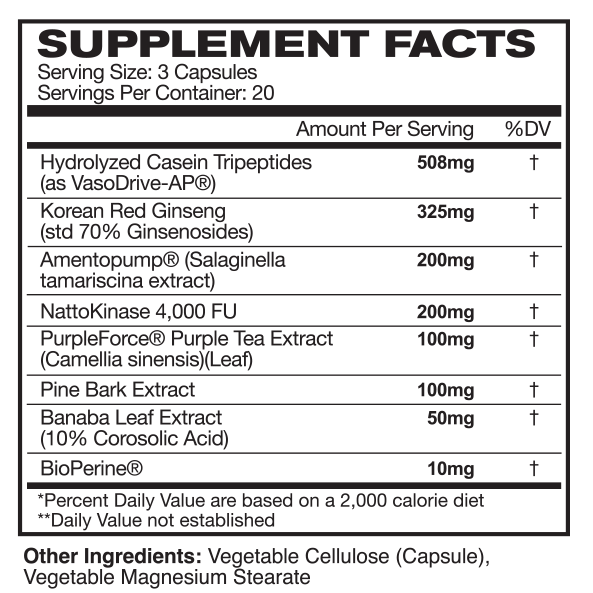
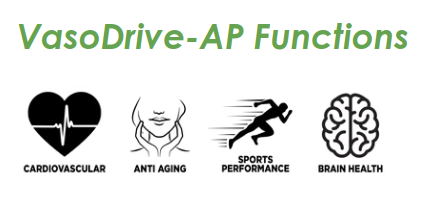
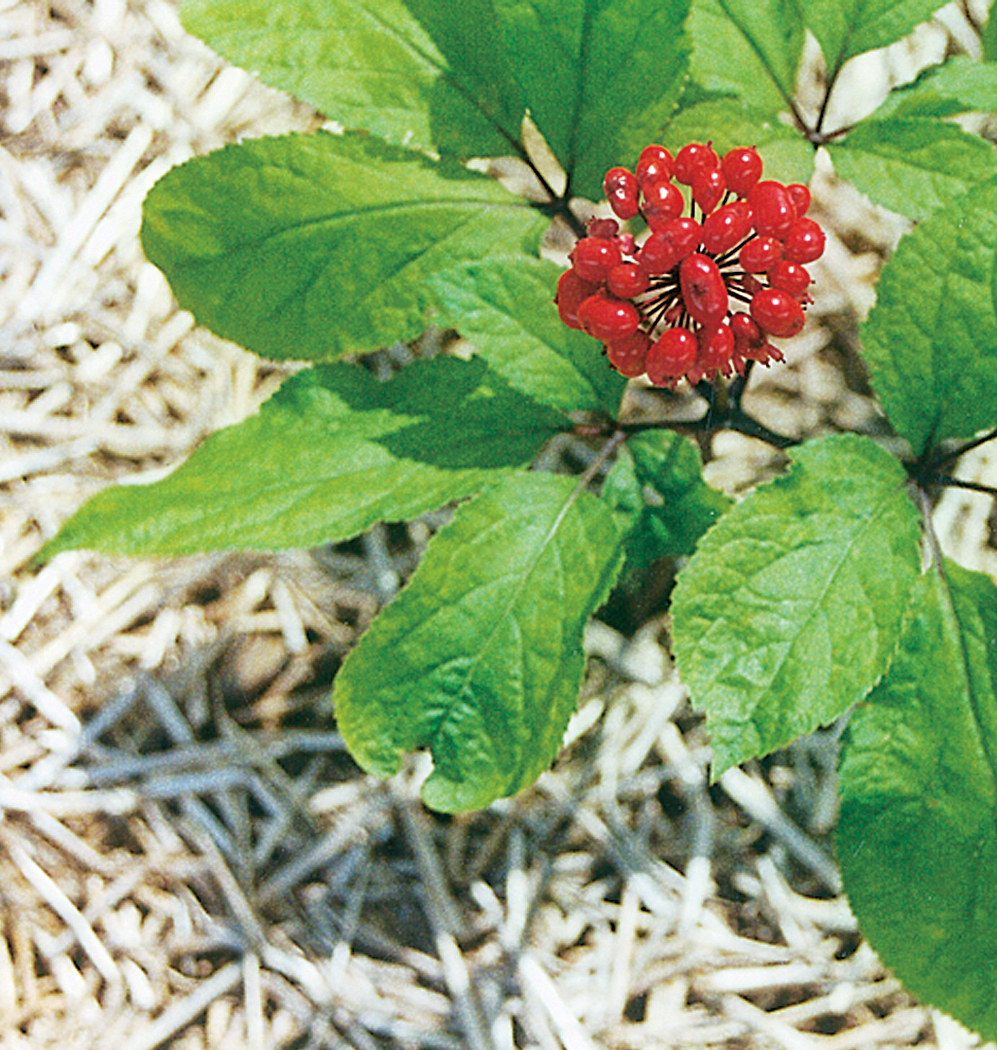
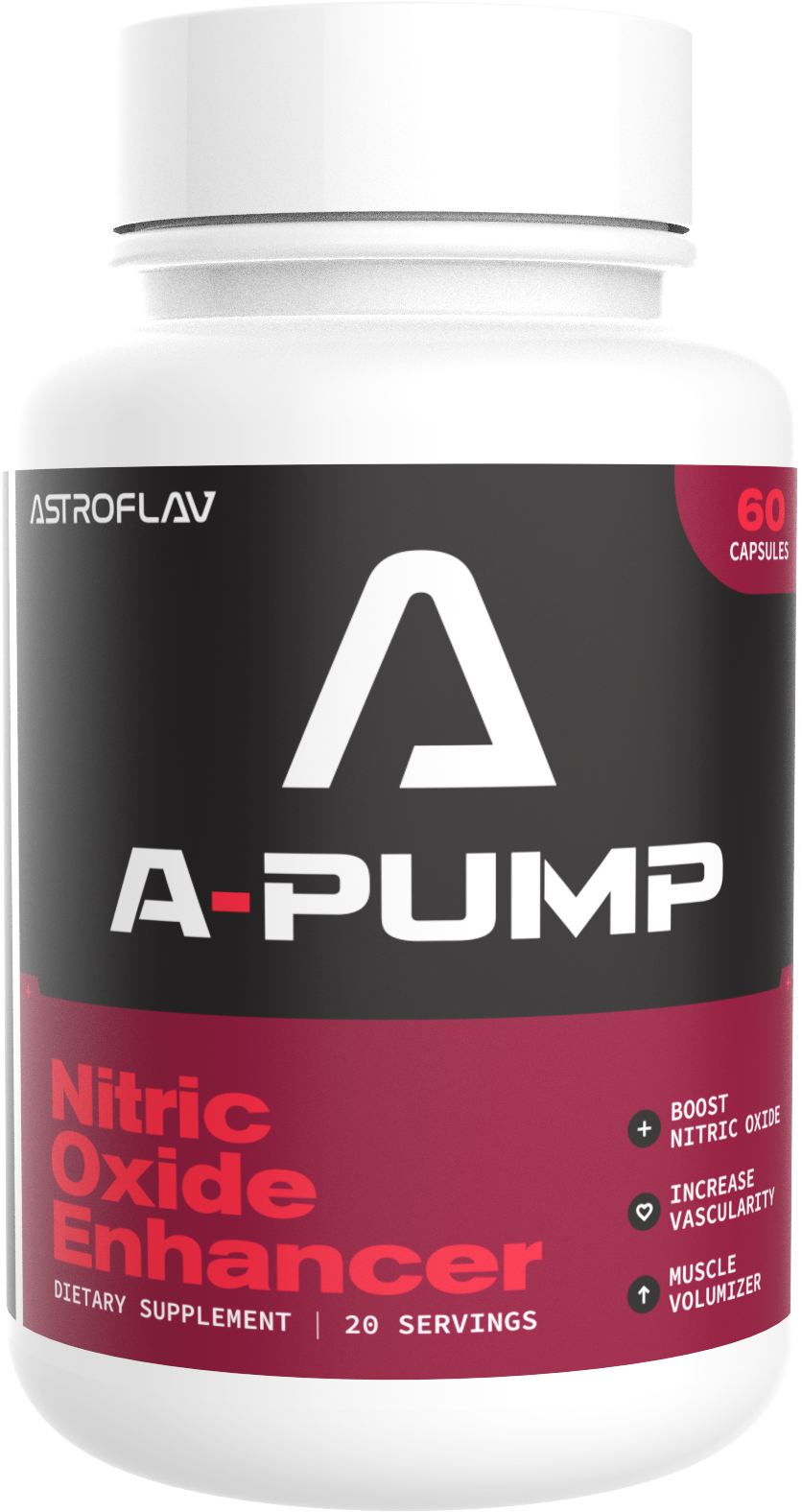
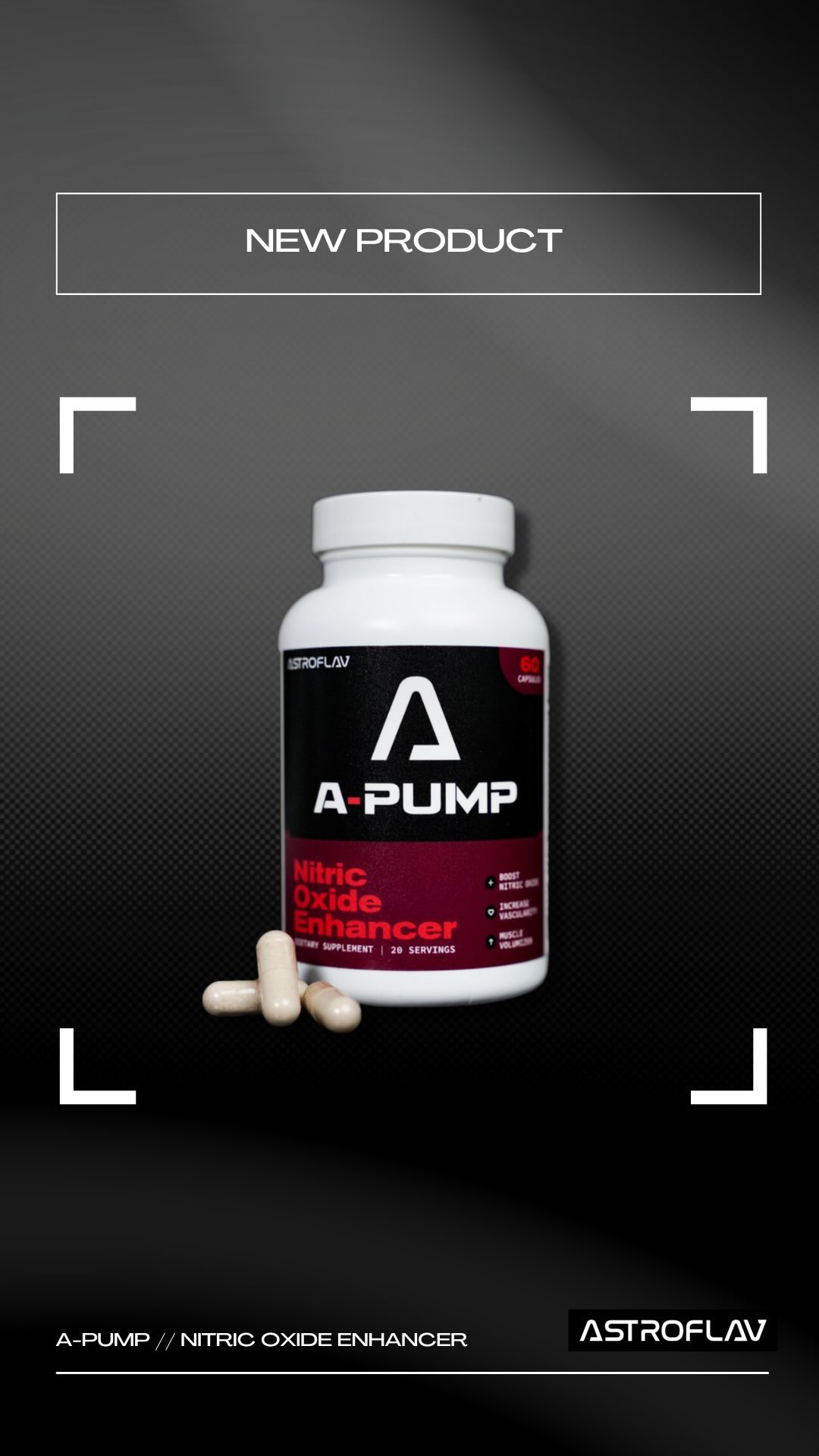
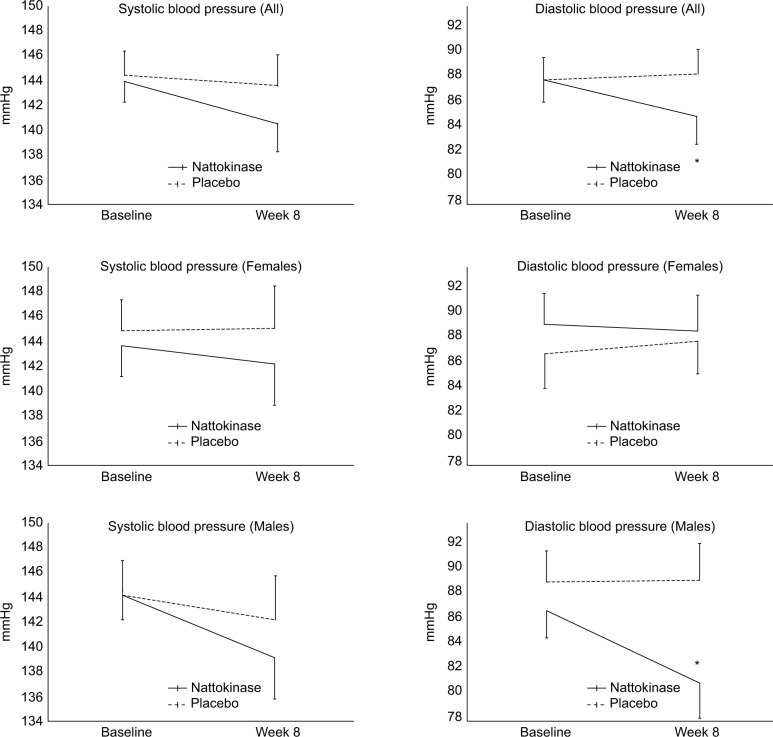
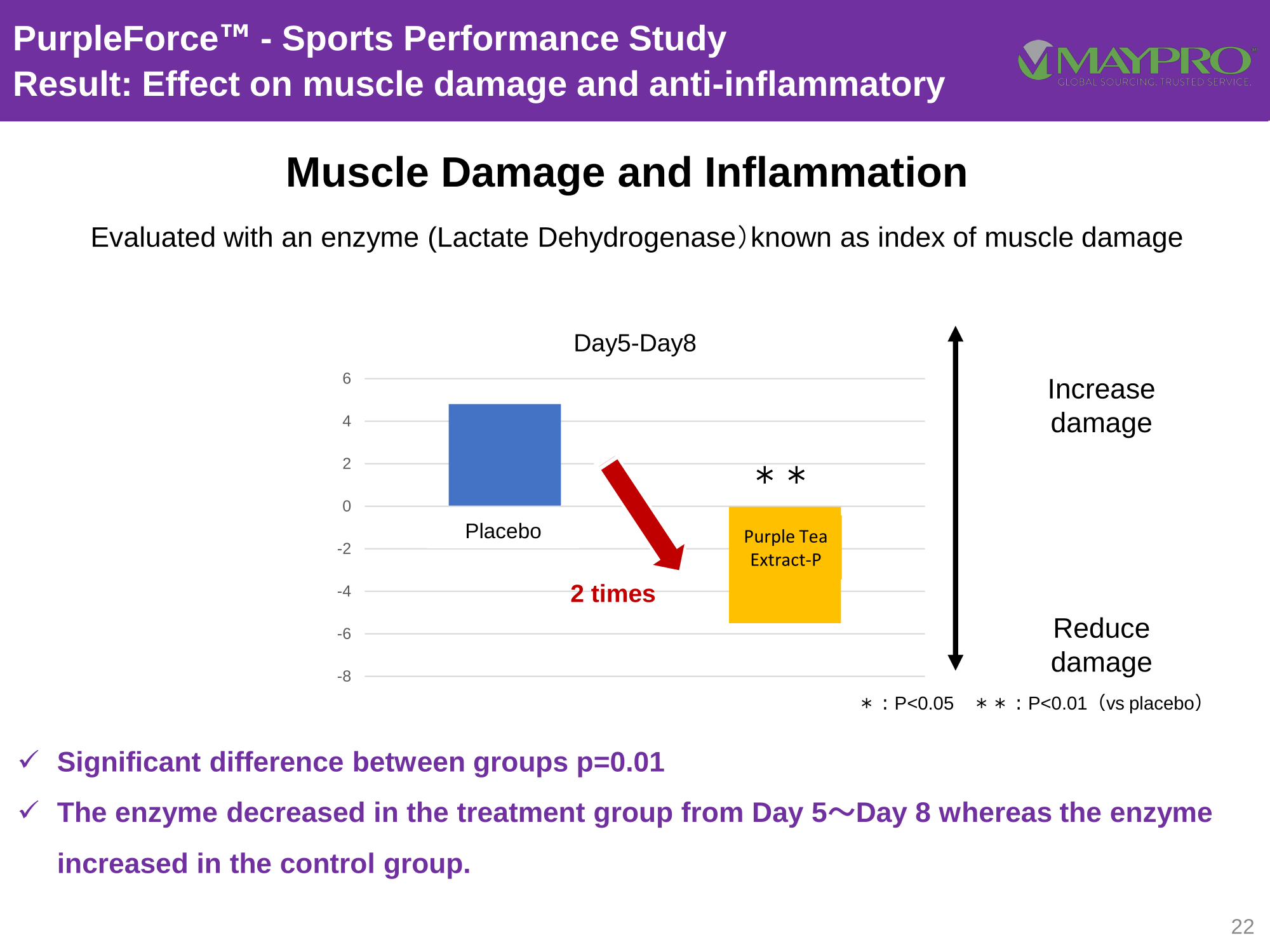
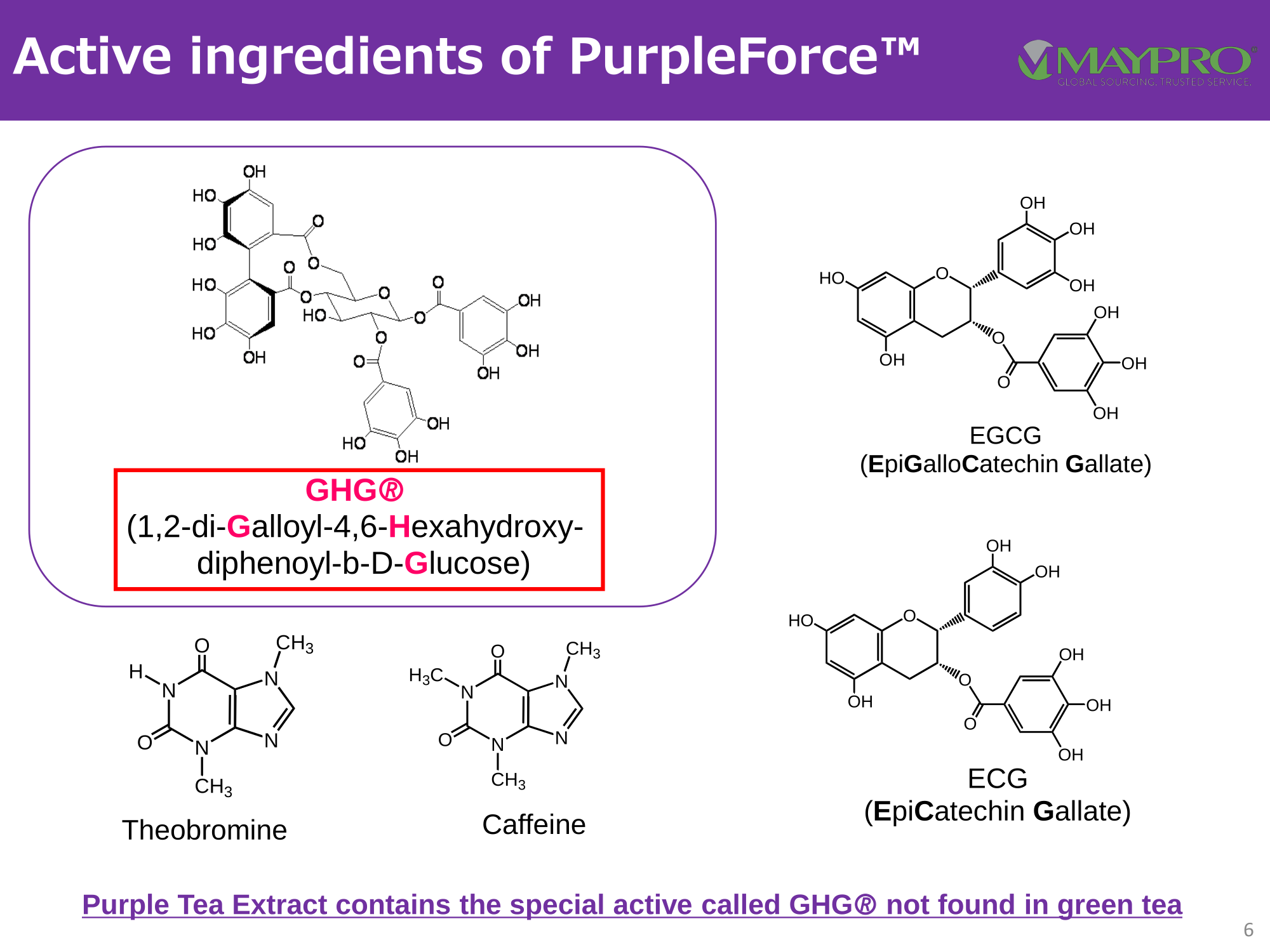


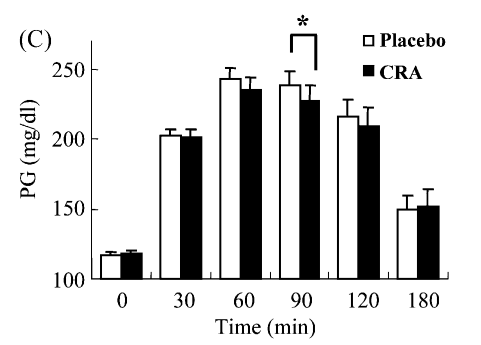
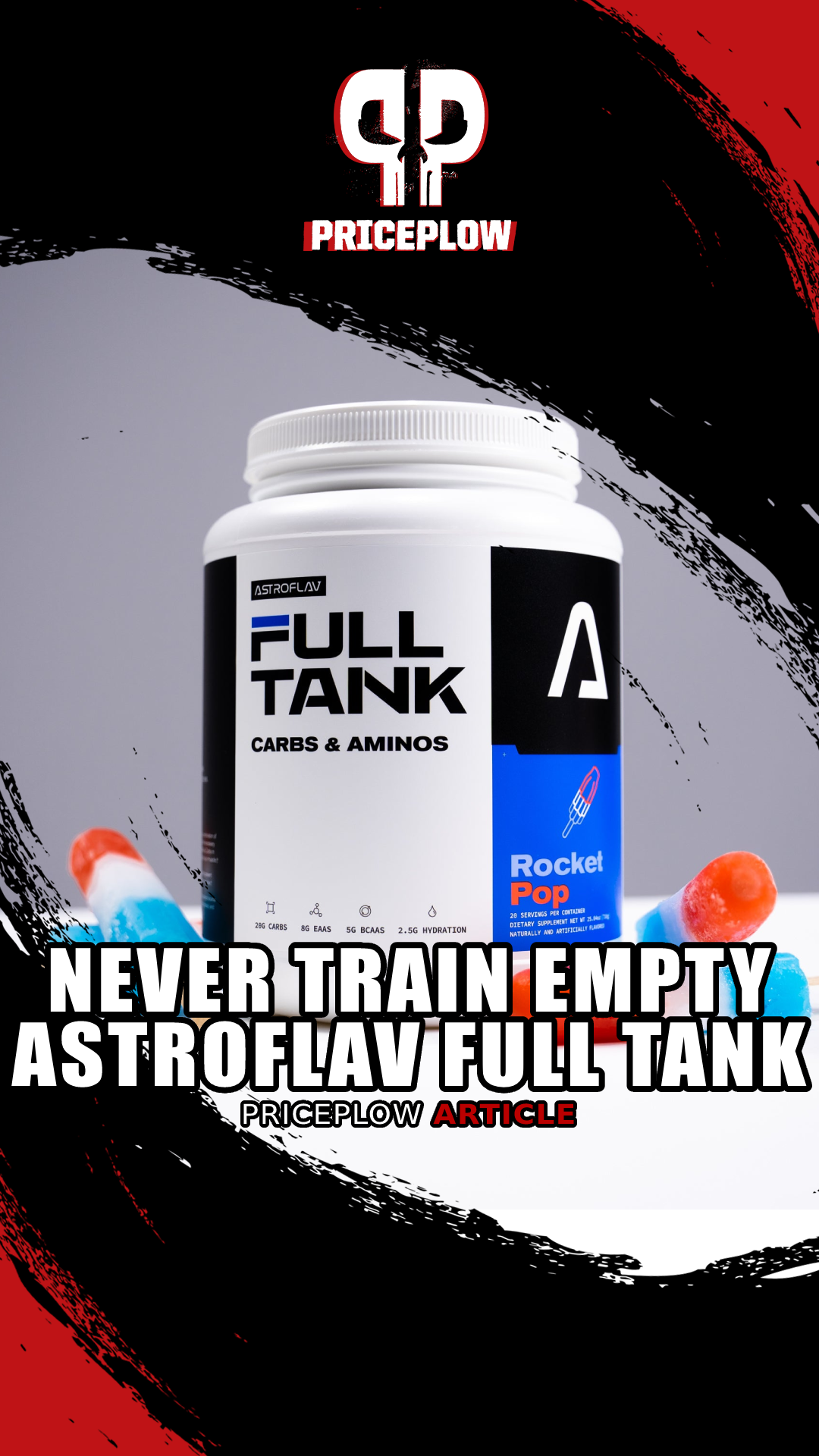



Comments and Discussion (Powered by the PricePlow Forum)